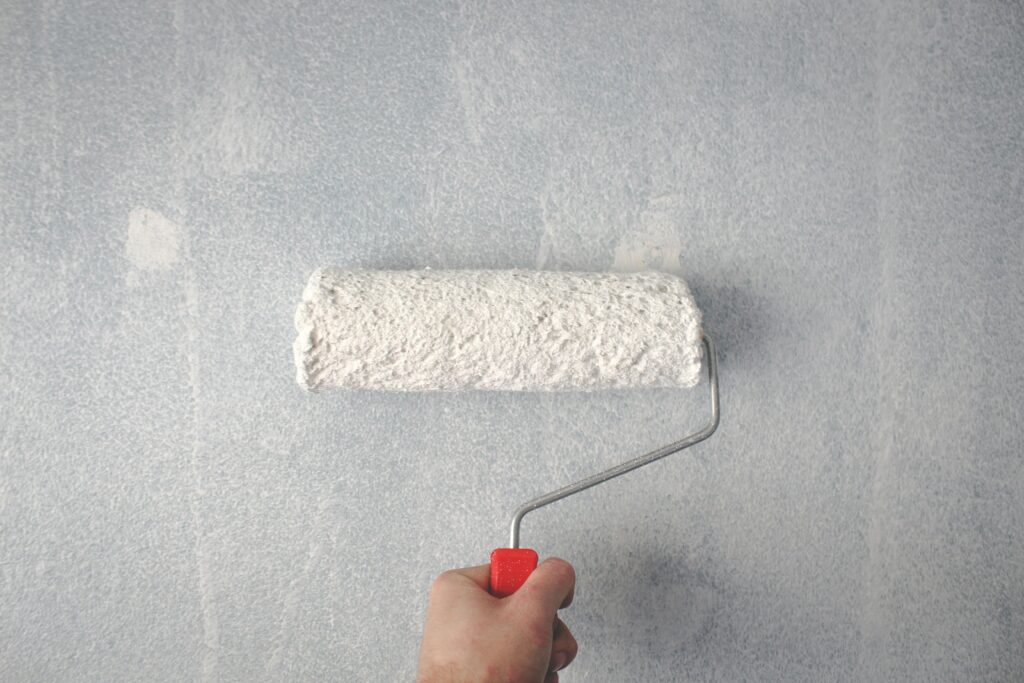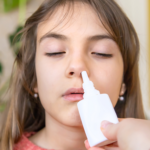Painting a room can give your home a fresh new look, but for people with asthma, it can also bring potential health risks. Paint fumes contain volatile organic compounds (VOCs) and other chemicals that can irritate the airways, leading to wheezing, coughing, shortness of breath, and even full-blown asthma attacks. If you have asthma, you might be wondering: How long after painting is it safe to enter a room?
The answer depends on several factors, including the type of paint used, ventilation, and individual sensitivity. This blog will break down what you need to know to stay safe.
Understanding Paint Fumes and Their Effects on Asthma
Most traditional paints contain VOCs, which are chemicals that evaporate into the air as the paint dries. These compounds contribute to indoor air pollution and can cause respiratory issues, especially in people with asthma.
Common Symptoms of Paint Fume Exposure in Asthmatics:
- Wheezing and shortness of breath
- Coughing or throat irritation
- Chest tightness
- Eye, nose, and throat irritation
- Dizziness or headaches
The severity of symptoms depends on the concentration of fumes and the duration of exposure.
How Long Do Paint Fumes Last?
The time it takes for paint fumes to dissipate varies depending on several factors:
1. Type of Paint Used:
- Oil-Based Paints: These have high VOC levels and can take up to two weeks to fully off-gas.
- Regular Latex (Water-Based) Paints: VOC levels are lower than oil-based paints, but fumes can still linger for 3-5 days.
- Low-VOC or Zero-VOC Paints: These are safer options that typically off-gas within 24-48 hours.
2. Ventilation:
- Keeping windows open and using fans significantly reduces the time fumes stay in the air.
- Without proper ventilation, fumes can linger for days or even weeks.
3. Room Size and Airflow:
- Smaller rooms trap fumes longer, while larger rooms with better airflow allow for faster dissipation.
4. Humidity and Temperature:
- Warmer, dry conditions help paint dry and off-gas faster.
- High humidity can slow the process, keeping fumes in the air longer.
When Is It Safe to Enter a Freshly Painted Room?
For asthma patients, it is essential to wait until fumes have completely dissipated before spending extended time in a painted room. Here are some general guidelines:
Recommended Waiting Times for Asthma Patients:
| Type of Paint | Minimum Safe Time Before Entering |
|---|---|
| Oil-Based Paint | 5-14 days |
| Regular Latex Paint | 3-5 days |
| Low-VOC or Zero-VOC Paint | 24-48 hours |
Important Note: These times assume proper ventilation. If the room remains closed or poorly ventilated, waiting times will be longer.
How to Speed Up Paint Fume Dissipation
If you want to make a room asthma-safe faster, here are some steps to reduce lingering fumes:
1. Increase Ventilation:
- Open windows and doors to create cross-ventilation.
- Use exhaust fans or ceiling fans to move air out.
2. Use Air Purifiers with Activated Carbon Filters:
- These help absorb VOCs and improve indoor air quality.
3. Keep Indoor Plants That Absorb Toxins:
- Certain plants, like spider plants and peace lilies, can help reduce VOC levels.
4. Use Natural Absorbents:
- Place bowls of baking soda, activated charcoal, or vinegar around the room to help absorb fumes.
5. Opt for Low-VOC or Zero-VOC Paints Next Time:
- These safer options release fewer fumes and make it easier for asthma patients to re-enter sooner.
My Personal Experience with Paint Fumes and Asthma
When we shifted to a new house, we were very cautious about the impact of paint fumes on my asthma. To ensure safety, we made sure there was proper ventilation after the painting was done. We kept windows open, used fans to circulate air, and avoided staying in the house until most of the fumes had cleared. Additionally, we burnt kapoor (camphor) in different rooms, which not only helped in reducing the paint smell but also minimized the toxins in the air. This simple yet effective method made the transition into the newly painted home much safer for me.
What to Do If You Experience Asthma Symptoms After Entering a Painted Room
Even after taking precautions, some asthma patients may still react to residual paint fumes. If you experience any symptoms, follow these steps:
- Leave the room immediately and get fresh air.
- Use your quick-relief inhaler if needed.
- Drink plenty of water to help soothe your throat.
- Monitor symptoms and seek medical attention if they worsen.
Final Thoughts
For asthma patients, staying cautious around freshly painted rooms is essential. While low-VOC paints allow for quicker re-entry, traditional paints can take days or even weeks before the air is safe to breathe comfortably. Always prioritize ventilation, use air-purifying methods, and listen to your body’s response before spending time in a newly painted space.
By following these precautions, you can enjoy a freshly painted room without compromising your health. If you’re unsure whether it’s safe, waiting longer is always better than taking a risk.
Please share your experience in the asthma friend community.












